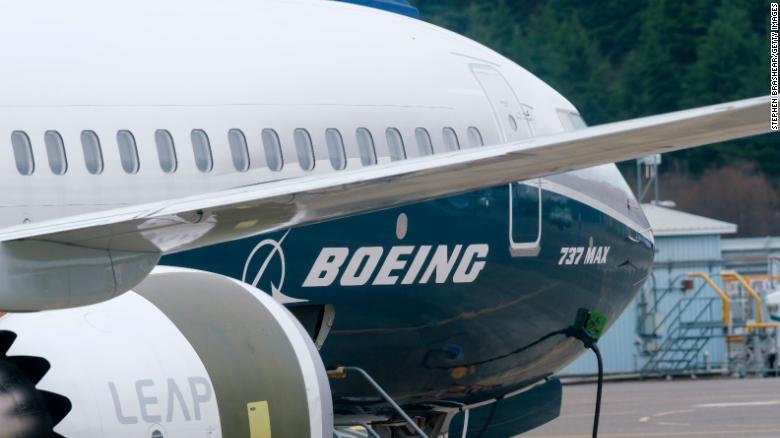There is no possible prediction for ill-fated Boeing 737 Max when will it be returned to operations, and now the European Union (EU) is going to initiate its separate procedures for airliner’s recertification.
Speaking before the EU committee this week, Patrick Ky, executive director of the European Union Aviation Safety Agency (EASA), said the EU will conduct independent tests of the plane before it will return to service and start commercial flights to and within Europe.
Ky put forward four conditions that the EASA presented to the Federal Aviation Administration earlier this year as the US agency started its own critical scrutiny of repairs to the MCAS flight control system being blamed for two fatal crashes. The crash of Ethiopian Airlines’ flight ET-302 in March 2019 was the second fatal accident of a 737 Max in the time frame of five months, killing all 157 people on board. A near-identical aircraft, operated by the Indonesian Lion Air, crashed in the sea shortly after takeoff from Jakarta in October 2018 in which All 189 passengers and crew members died.
EASA insisted that it approve all changes to the 737 Max proposed by Boeing without supervising any testing to the FAA. It also demanded a broader review of the aircraft’s design, a complete understanding of the cause of the crashes (the official accident reports have yet to be published) and flight crew training process.
“We’ve decided to recertify the critical parts [of the 737 Max] that we hadn’t looked at previously,” Ky said. “Those are domains we had not certified ourselves because we had delegated those tasks to the FAA,” he added.
The EASA’s new conditions are going to be a benchmark in the process of EU and the US negotiations over the certification process for commercial airplanes. As part of a bilateral aviation safety treaty, the European Agency has always accepted the FAA’s decisions without interfering in the original process and supervising its own review. The treaty has allowed new aircraft, whether they’re made by Boeing, Airbus or anyone else, to begin operations in both regions at the same time.
The decision comes amid the last month’s US senate meeting which found that FAA already knew another Boeing 737 Max malfunction was likely after Lion Air crash, which led to the crash of Ethiopian Airlines’ flight ET-302, the second fatal accident of a 737 Max in the time frame of five months.
Relevant: FAA knew another Boeing’s Max malfunction can occur after Lion Air crash
FAA spokesman said the agency has a transparent and collaborative relationship with other civil aviation authorities. “Our first priority is safety, and we have set no timeframe for when the work will be completed,” the statement said. “Each government will make its own decision to return the aircraft to service based on a thorough safety assessment,” it added.
If the two agencies disagree on the 737 Max’s airworthiness after the repairs, the return of the controversial Max planes in European skies could be chaotic. US airliners like Southwest and United could be able to conduct the operations on MAX domestically with the FAA’s blessing, but unable to rule the European sky due to the possible restrictions from entering EU airspace. Likewise, European airlines, already desperate to start operations on MAX, would have to wait for the EASA clearance to start operations on poor Boeing or face restrictions from flying MAX aircraft.






















Leave a Reply